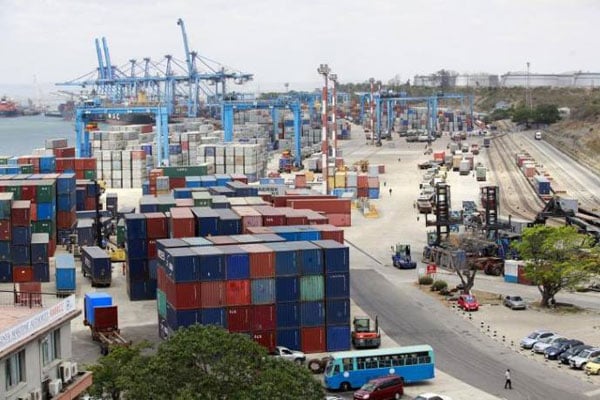Prime
Kenya Ports Authority increases free storage days for goods coming to Uganda

Outside Kenya, Uganda is the biggest user of Kenya’s ports in East Africa. Photo / Courtesy
What you need to know:
- Traders now have at least 15 days within which they will not be charged for storage of their goods at the Mombasa Port
Ugandan traders transiting through the Port of Mombasa now have 15 days of free storage within which they can clear their goods.
The days have been increased from just nine, according to a notice signed by Mr William K Ruto, the Kenya Ports Authority managing director.
The notice also indicated that goods transiting through Inland Container Depots (ICD) Embakasi would have 15 days of free storage from nine while those through ICD Naivasha would have 30 days from nine.
“Kenya Ports Authority wishes to announce to customers in the transit markets the extension of storage free period for containerised cargo handled at the port of Mombasa and ICDs,” the notice reads in part.
However, the notice also indicated that once goods are not cleared within the stipulated periods charges would begin immediately, with a 20 feet container attracting a daily charge of $30 (Shs111,000) in 16 to 21 days, while those that would have stayed beyond 21 days would attract $45 (Shs166,500).
On the other hand, a 40 feet container that is not cleared after the mandatory period would attract a daily charge of $60 (Shs222,000) in the 16 to 21 days but the charge would increase to $90 in the event that the container remains uncleared beyond 21 days after lapse of the mandatory period.
Kenya Ports Authority did not indicate the reasons for the extension but this could have been informed by the disruption in the global supply chain, which has impacted a number of sectors, key importers. Outside Kenya, Uganda is the biggest user of Kenya’s ports, which act as its main gateway to the sea.
For instance, pre-Covid-19 data, indicates that at least 7.4 million tonnes of Uganda’s imports transited through Kenya in 2019, which was an increase from the 6.5 million tonnes registered in 2018.
Data also indicates that Uganda is followed by South Sudan, which in the same period transited 563,663 tonnes of its imports through Kenya.
The countries are followed by DR Congo, which transited 413,249 tonnes of its imports through East Africa’s largest economy.
Uganda also gets its fuel supplies through Kisumu port, which supplies the country with up to six million litres of petroleum products per month.




